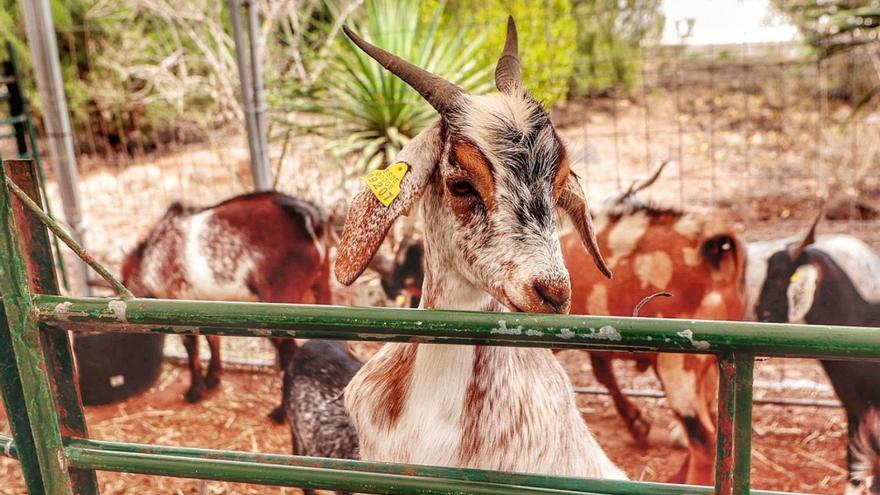
The Cabildo allocates 250,000 euros to the elaboration of a Livestock Plan for Tenerife. The document, however, is questioned by the Association of Farmers and Ranchers (Asaga) which considers it “a mere coup d’état” because it is “empty of content.”
The Island Councilor for Agriculture, Livestock and Fisheries, Javier Parrilla, explains: “It is about setting future lines of work so that the Island has a more competitive livestock sector, but also promoting the consumption and marketing of local livestock products and promoting generational renewal.”
The Cabildo will invest, specifically, 248,487 euros for the preparation of this Strategic Livestock Plan for Tenerife. The objective of the project is to analyze the situation of the sector on the Island and define future lines of action, in order to promote competitiveness and increase the cattle herd.
Parrilla explains that “the drafting of the project has already been commissioned, which has an execution period of 12 months, so it will be completed at the beginning of December of this year.” The diagnosis delves into the idea of delving into questions not only of a livestock, market or marketing nature of kilometer zero products, but also in regulatory, economic and environmental aspects. Therefore, the Sustainable Development Goals (SDGs) established by the UN will have to be addressed and incorporated.
The island manager highlights the importance of “knowing and analyzing in depth all the factors that affect our livestock sector to guarantee the effectiveness of island policies and actions.” It is a question of establishing future lines of work so that Tenerife has a more competitive environment, but also of promoting the consumption and commercialization of local products.
9.5%
cabin rise
Counselor Javier Parrilla establishes that since the arrival of the current government team to the Cabildo, three and a half years ago, the island’s cattle herd has grown by 9.5%.
Javier Parrilla also recalls that since the arrival of the current government team, “not only have we managed to stop the plummeting number of farms, but the island’s livestock has increased by 9.5 percent” .
However, it considers that Tenerife has room for growth for the production of food of livestock origin, «which would increase the rates of self-sufficiency, a strategic question for any territory, but especially for Canary Islandsas demonstrated during the covid-19 crisis»abounds.
In line with the above, the island manager assures that “the world events of the last two years have caused consumers to value and appreciate local products more, both for their freshness and continuity and for their quality.”
Parrilla highlights the numerous campaigns, fairs, workshops, tastings and culinary demonstrations launched by the Island Corporation in the last three years to boost the country’s meat consumption.
Theo Hernando, general secretary of the Association of Farmers and Ranchers (Asaga) of Tenerife, does not have the same vision. He points out that “to make a roadmap, a video call to agricultural organizations such as ours, the Tenerife Cattlemen’s Association (Agate) or the Union of Small Farmers and Cattlemen (UPA)” was enough.
Hernando considers that this is a road map “empty of content and of practical and palpable executions.” The Asaga leader proposes a meeting next week with the sector “so that this planning becomes a reality.”
Hernando is conclusive: “We are tired of promises and ideas that are then not fulfilled.” He emphasizes: “Now another year begins and we keep the promises when the sector dies every day.”
Hernando influence in this sense in the sacrifice of animals because they cannot be kept on the farms of Tenerife. He concludes: “Those 250.00 euros represent, on average, the result of a farmer’s work for ten years.”
Hernando, despite everything, sends a positive message: «We see light at the end of the tunnel in a process that we have been waiting for nine months, the free slaughterhouse fees. Important news for the livestock sector in Tenerife”.
The Cabildo announces a road map that the ranchers do not see entirely clearly. What is evident and in which all the agents agree is that the crisis in the sector grows exponentially almost every day.
















